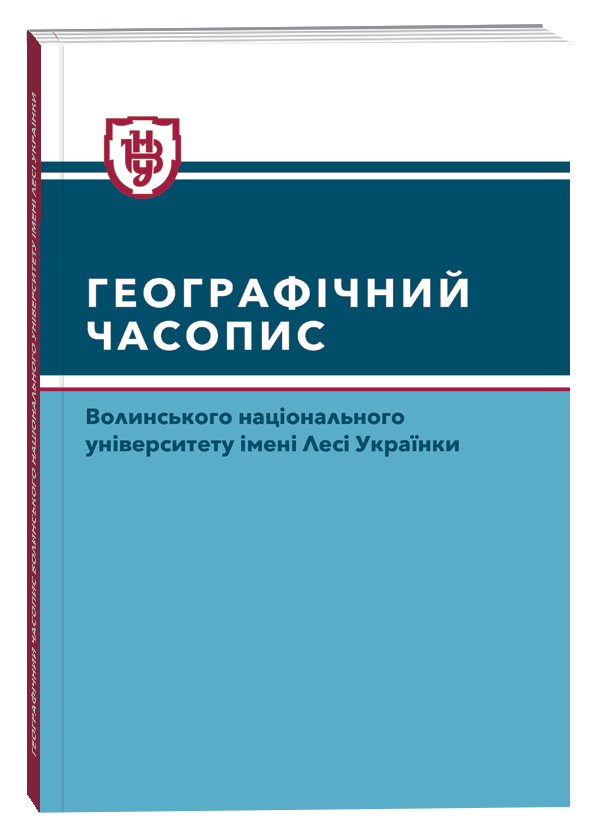RESEARCH OF NEOTECTONIC MOVEMENTS BASED ON INSAR IMAGES
DOI:
https://doi.org/10.32782/geochasvnu.2023.2.10Keywords:
seismic activity, earthquakes, materials of remote sensing of the Earth and radar interferometryAbstract
The study of neotectonic movements using radar interferometric images is a method that allows studying geological processes that occur on the Earth's surface and are associated with tectonic movements. The process of interferometry consists in comparing the phase of radar signals returning from the Earth's surface, measured from different satellite flights over the same region. This makes it possible to determine micrometer-sized changes in the distance between the satellite and the Earth's surface with high accuracy. The use of this technique during repeated observations at regular intervals makes it possible to detect and measure even small horizontal and vertical shifts of the Earth's surface. This method has great potential for monitoring tectonic movements and changes in the geological environment on different time scales. The use of radar interferometric images makes it possible to detect even minor changes in the terrain, which allows for predicting possible destruction and taking appropriate measures to ensure the safety and preservation of the environment.
References
Захаров А. И., Яковлев О. И., Смирнов В. М. Спутниковый мониторинг Земли : Hадиолокационное зондирование поверхности. М. : Красанд, 2012. C. 212–232.
Михайлюкова П. Космическое картографирование динамики рельефа в зонах вулканической активности на основе метода радиолокационной интерферометрии. [Неопубл. автореф.]. 2016.
Albarello D., Sleeman, R. Review of commercial and open-source software for the management of seismic data. Seismological Research Letters. 2018. 89 (5). Р. 1815‒1827.
Alvan H. V., Azad, F. H. Satellite remote sensing in earthquake prediction. A review. 2011 National Postgraduate Conference, Kuala Lumpur, 1-5. DOI: 10.1109/natpc.2011.6136371
Huang Q. Forecasting the epicenter of a future major earthquake. Proceedings of the National Academy of Sciences. 2015. 112 (4). Р. 944–945, Bibcode: 2015PNAS..112..944H, DOI: 10.1073/pnas.1423684112, ISSN 0027-8424, PMC 4313830, PMID 25583499.
Li X., Wang X., Chen Y. InSAR Atmospheric Delay Correction Model Integrated from Multi-Source Data Based on VCE. Remote Sens.. 2022. 14. P. 4329. DOI: https://doi.org/ 10.3390/rs14174329
Massonnet D., Feigl K. L. Radar interferometry and its application to changes in the earth’s surface. Reviews of Geophysics. 1998. Vol. 36, No 4. P. 441–500.
Naveed M., Mushtaq S., Alsharif K. A. A review on open source software tools for seismic data analysis. Geomatics, Natural Hazards and Risk, 2020. 11 (1). Р. 809‒828.
Pasari S. Nowcasting Earthquakes in the Bay of Bengal Region. Pure and Applied Geophysics. 2019. Vol. 176. Issue 4. Р. 1417–1432. Bibcode:2019PApGe.176.1417P, DOI: 10.1007/s00024-018-2037-0, ISSN 1420-9136, S2CID 134896312.
Yu X. W., Xue D. J., Wang H. F. Deformation field extraction and simulation of Changning earthquake based on D-InSAR. Bull. Surv. Mapp. 2020. 5. Р. 59–63.







